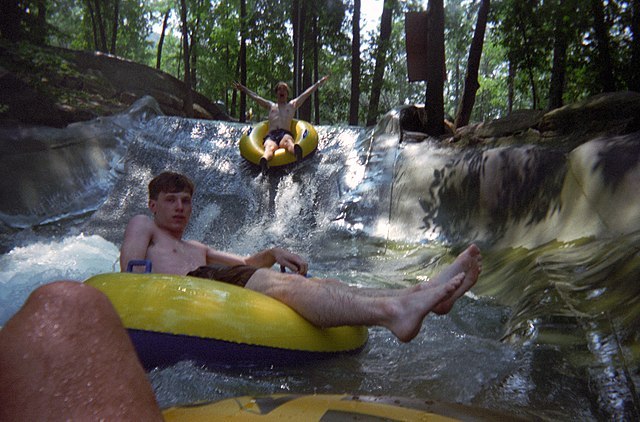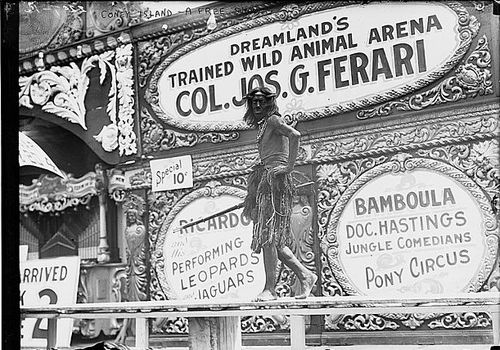In the annals of American amusement, theme parks have always held a prominent position, offering visitors a delightful fusion of thrill, entertainment, and escapism. However, not all have been havens of innocent fun and harmless recreation. In fact, certain theme parks have been in the heart of tremendous controversy, stirring up heated discussions, legal battles, and public outcry. In this article, we delve into the darker corners of amusement park history, exploring the five most controversial theme parks in American history. These are the tales of grand designs that either went astray or were misguided from the start, prompting us to question the boundaries of entertainment and the societal impacts they leave behind.
1. Action Park

Known as the “most dangerous” theme park “ever,” Action Park was opened in 1978 and was known for poorly designed rides, undertrained and underaged staff, intoxicated guests and staff, and a consequently poor safety record. One of the park’s most notable attractions was the Tidal Wave Pool, one of the first to open in the United States, which quickly became one of the most dangerous rides at the park. Nicknamed “The Grave Pool,” it was filled with fresh water, not sea water, which made patrons less buoyant and left strong swimmers and non-swimmers alike literally in over their heads as waves that could reach 40 inches at high blast. The 12 lifeguards on duty rescued, on average, 30 people a day on high-traffic weekends.
2. Disney’s America

A proposed historical theme park nestled in the rolling hills outside of Washington, D.C., Disney’s America was unlike anything the company ever mounted, both in terms of its elaborate, educational theming and the firestorm of controversy that the very idea of the project was met with.
Disney’s America faced opposition from groups concerned that historical events such as the Civil War and slavery could be trivialized by teaching history through entertainment and possibly selling “little souvenir slave ships.” In particular, scholars objected that Disney’s past portrayals of American history deviated significantly from the truth.
3. Dreamland

Coney Island’s Dreamland only operated for seven years between 1904 and 1911, but during that time it established itself as one of the most ambitious amusement parks ever constructed. Dreamland was known for its freak shows and other controversial attractions such as “A Trip to the Moon,” which featured a simulated journey to the moon that included a lunar landscape and a rocket ship.
4. Six Flags New Orleans

Six Flags New Orleans was abandoned after Hurricane Katrina in 2005 and has since become a ghost town. The park has been used as a filming location for movies like Jurassic World and Dawn of the Planet of the Apes.
5. The Enchanted Forest

The Enchanted Forest was a popular amusement park in Ellicott City, Maryland that operated from 1955 to 1995. The park was known for its fairy tale-themed attractions and rides but was also known for its racist policies. The park had separate days for white visitors and black visitors.
America’s most controversial theme parks serve as more than just historical footnotes; they are profound reminders of the power that entertainment holds over societal norms and public perceptions. These parks, with their mix of controversy and intrigue, have forced us to confront hard truths about our values, ethics, and the lengths we are willing to go for amusement. They’ve demonstrated that the boundary between fun and exploitation can be treacherously thin and prone to being crossed. As we continue to enjoy the thrill of rides and attractions, it’s vital that we remember these historical examples, using them as guideposts to better navigate the future of amusement. Ultimately, the stories of these theme parks underscore the importance of responsible entertainment that respects cultural sensitivities, prioritizes safety, and values the well-being of all involved. By learning from our past, we can strive to ensure that our theme parks remain places of joy and wonder, devoid of controversy and firmly rooted in the best ideals of American society.




